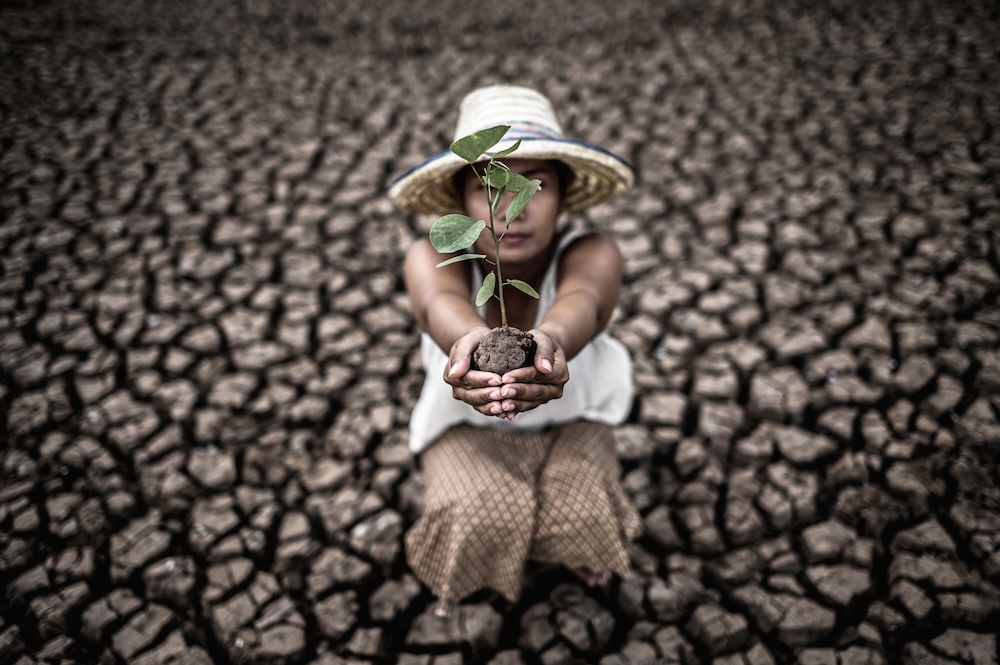Climate change is no longer a distant warning—it’s a daily reality. From record-breaking temperatures to rapid species loss, the signs are all around us. But alongside the rising urgency is something just as powerful: global momentum toward solutions. This list brings together 15 of the most urgent climate facts from 2025, each paired with a reason not to give up. Because informed action begins with both truth and hope.
1. 2024 Was the Hottest Year Ever Recorded
The global average temperature in 2024 was the highest in recorded history—1.57°C above pre-industrial levels.
Why There’s Still Hope:
Over 100 countries are now implementing legally binding net-zero targets. Solar and wind are now the cheapest energy sources in history, fueling massive transitions.
2. Antarctica’s Sea Ice Hit an All-Time Low
In early 2025, Antarctic sea ice extent hit a new record minimum, raising concerns about tipping points and rising sea levels.
Why There’s Still Hope:
Satellites and AI are being used to track and model ice loss more precisely, giving scientists and policymakers better tools to predict and respond to change.
3. Over 1 Billion People Now Face Climate-Driven Water Stress
Droughts intensified by climate change are impacting freshwater supplies across Asia, Africa, and parts of the U.S.
Why There’s Still Hope:
Innovations in water recycling, desalination, and rainwater harvesting are being scaled globally. Cities like Singapore are leading with closed-loop water systems.
4. Wildfires Are Now a Year-Round Threat
From Canada to Australia, wildfire season is no longer seasonal—it’s year-round, due to hotter, drier conditions.
Why There’s Still Hope:
Fire management is evolving: Indigenous land stewardship practices are being re-integrated and funded, showing measurable success in reducing risk.
5. 1 in 3 Species Is at Risk of Extinction
Habitat loss, pollution, and temperature rise are accelerating the rate of extinction across ecosystems.
Why There’s Still Hope:
Global biodiversity agreements are expanding. Over 130 countries have signed on to protect 30% of land and oceans by 2030—and grassroots rewilding projects are taking root.
6. CO₂ Levels Reached 424 ppm in 2025
The atmospheric concentration of carbon dioxide continues to climb, setting a new peak this year.
Why There’s Still Hope:
Carbon removal tech (like direct air capture) is moving from pilot to commercial scale—and regenerative farming is gaining ground as a natural carbon sink.
7. Ocean Heat Content Is at Record Highs
Even as surface temperatures fluctuate, the ocean continues to absorb 90% of global warming—fueling stronger hurricanes and coral bleaching.
Why There’s Still Hope:
Coral restoration efforts using heat-resistant species are showing early success. Marine Protected Areas (MPAs) have expanded rapidly since 2020.
8. More Climate Refugees Than Ever
2025 marks a new high in the number of people displaced due to climate-driven disasters—over 50 million and counting.
Why There’s Still Hope:
International agreements are evolving to protect climate migrants. Some countries are piloting climate visa programs and adaptive housing initiatives.
9. Methane Emissions Are Surging
A potent greenhouse gas, methane is leaking from oil fields, livestock operations, and melting permafrost.
Why There’s Still Hope:
The Global Methane Pledge has expanded, and tech companies are now deploying low-cost sensors and AI to identify and plug leaks fast.
10. Plastic Waste Is Found in Human Blood
In 2025, studies confirmed that microplastics have made it into our bloodstream—and placentas.
Why There’s Still Hope:
More than 80 countries have adopted single-use plastic bans, and truly biodegradable alternatives are becoming market viable and widely available.
11. Climate Anxiety Is Spiking Worldwide
Mental health professionals are reporting growing eco-anxiety, especially among youth who feel powerless.
Why There’s Still Hope:
Climate therapy, community action groups, and educational resources are helping people turn anxiety into action—shifting focus from fear to agency.
12. Air Pollution Kills 7 Million People a Year
Fossil fuel emissions are a leading cause of preventable death, with massive overlap between air pollution and climate change.
Why There’s Still Hope:
Cities like Paris, London, and Seoul are phasing out gas-powered vehicles, expanding green zones, and investing in clean transit at record pace.
13. Global Food Security Is Under Threat
Extreme weather events have disrupted food supply chains, pushing millions into hunger.
Why There’s Still Hope:
Agroecology, vertical farming, and heat-resilient crops are scaling up, offering a blueprint for climate-resilient agriculture.
14. Tipping Points Are Approaching Faster Than Expected
Researchers warn that certain climate systems (like the Amazon rainforest) may be closer to irreversible change than models predicted.
Why There’s Still Hope:
Deforestation rates in Brazil dropped by 50% in 2024. Global campaigns are combining tech and legal action to protect critical ecosystems.
15. The Climate Timeline Is Shrinking
We now have less than five years to make major global emissions cuts to stay under 1.5°C warming.
Why There’s Still Hope:
Public support for climate action is surging. Youth-led movements, citizen assemblies, and sustainable businesses are reshaping political priorities.
Final Thoughts: What We Choose Still Matters
Every fact on this list underscores how urgent the climate crisis is—but urgency is not the same as inevitability. We are alive at a tipping point, not just of climate, but of consciousness. While the science is sobering, the solutions are multiplying—and many are already working.
Hope is not a denial of reality. It’s the fuel for action. Let’s use it.









Reader Interactions